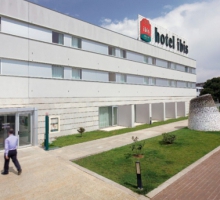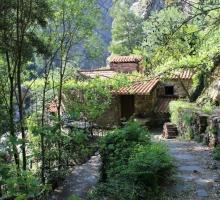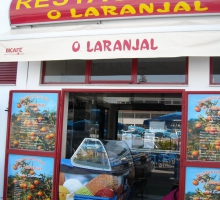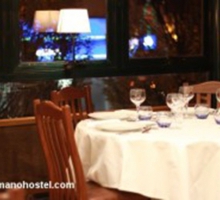It was built by Bernardo Martins da Nova and dates from the early XIX century. The Chapel of S. Bruno was added in 1825. The City Hall was established in this building from 1836 until 1989. It was restored to be a local history and memory place, being a Museum and Historical Archive since 1st
/June 2001. After 2010 it hosted the Tourism Office and later, on the 13/June 2014, it became the Interactive Tourism Office. The Museum has a rich estate, mainly the bakery, the slate mining, the processing linen, religious art, painting, sheet metal and wooden toys and Bugios and Mourisqueiros costumes. Guided tours and thematic workshops are accepted by appointment. The Historical Archives is provided with important documentary heritage and offers a reading room for users.
Schedule:
2nd to 6th - 9h-13h00 / 14h - 18h00
Saturdays, Sundays and Holidays - Closed
The Museum opens on the 1st Sunday of each month.
Location: Valongo
/June 2001. After 2010 it hosted the Tourism Office and later, on the 13/June 2014, it became the Interactive Tourism Office. The Museum has a rich estate, mainly the bakery, the slate mining, the processing linen, religious art, painting, sheet metal and wooden toys and Bugios and Mourisqueiros costumes. Guided tours and thematic workshops are accepted by appointment. The Historical Archives is provided with important documentary heritage and offers a reading room for users.
Schedule:
2nd to 6th - 9h-13h00 / 14h - 18h00
Saturdays, Sundays and Holidays - Closed
The Museum opens on the 1st Sunday of each month.
Location: Valongo





